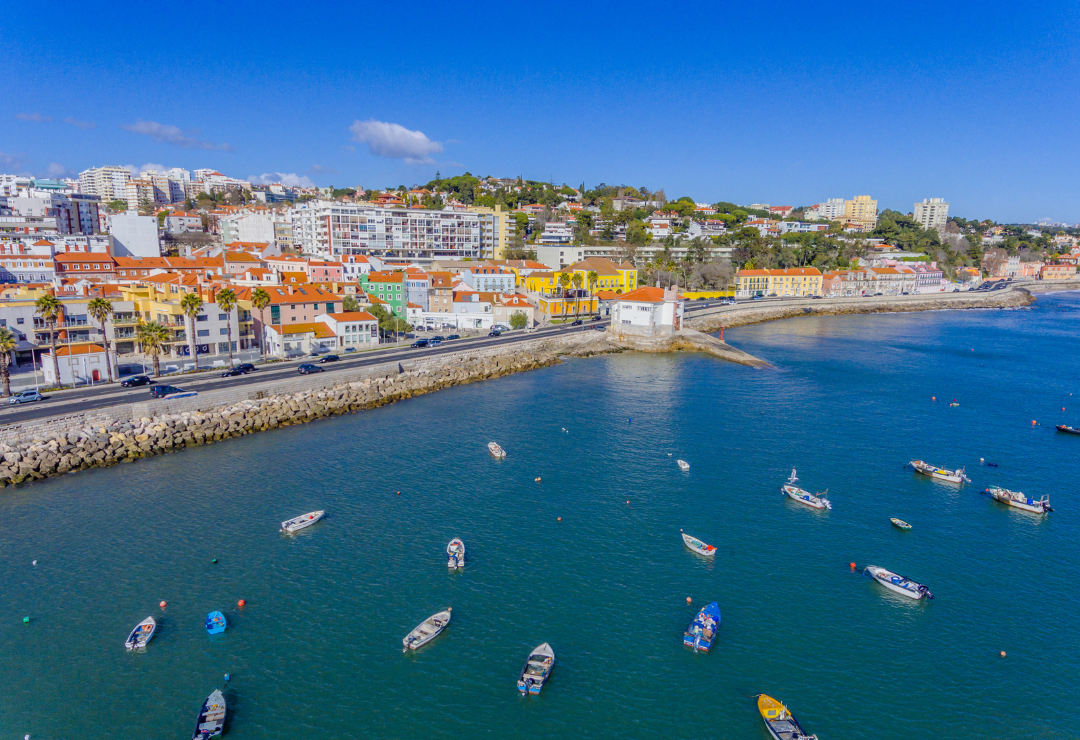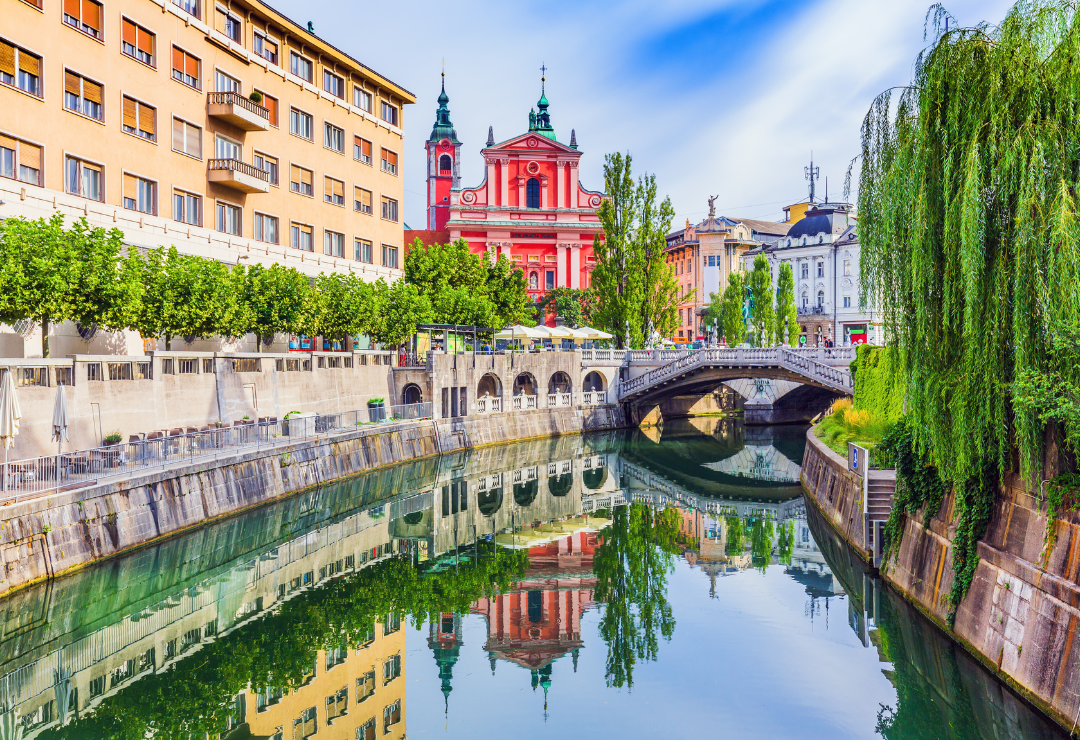

Bee Path Cities - creating cities that are good for pollinators and therefore good for people
About the project
Considered essential for agriculture and biodiversity, beekeeping is practised in diverse settings across the EU. Despite this, more than half of honey consumed in the EU is still imported, 40% of it from China.
The production of honey and its by-products is possible in the city of Oeiras, which is developing a beekeeping pilot project within the scope of its Biodiversity Strategy. This is a way to enhance environmental education and bee conservation in urban green spaces – and to market local, bee-related gourmet products, promoting the territory’s environmental and sustainability concerns.
Oeiras has identified certain bee-friendly actions, including:
- Develop a pollinator-friendly environment by planting plants with nectar;
- Reduce the use of plant protection products applied in public spaces and landscapes;
- Fight the Asian hornet together with beekeepers;
- Install shelters for plant pollinators, or insect hotels;
- Create one or more local products from the beehives, to be marketed with a registered trademark;
- Promote environmental awareness and education among residents and educators;
- Establish partnerships with relevant scientific research institutions.
However, challenges remain, including awareness raising about beestings and the benefits of wild meadows. Against this background, Oeiras decided to gain inspiration and practical elements from Ljubljana’s successful Bee Path programme, thanks to a City-to-City Exchange with study visits in each of the two cities.
Challenges
-
- Beekeeping is considered essential for agriculture and promoting biodiversity across the EU. However, more than half of the honey consumed in the EU is imported, 40% of it from China, reflecting a strong imbalance between supply and demand.
-
Oieras has set a goal to develop an urban beekeeping pilot within the scope of its Biodiversity Strategy. This is a way to enhance environmental education and conserve wild bees in urban green spaces, while strengthening the city's commitment to environmental sustainability and adaptation to climate change.
-
Raising awareness around urban bees is a key challenge. Issues to demystify include the dangers associated with bee stings, the idea that beekeeping is exclusively rural activity, and the fact that wildflower meadows, commonly referred to as dryland meadows, are interpreted as unkempt spaces.
Proposed solutions
Oeiras set out to adapt and re-use Ljubljana’s ‘Bee Path’ practice, thanks to recommendations and good practices on promoting urban beekeeping. This draws on Ljubljana’s rich beekeeping experience, for example:
-
In Ljubljana’s Strategy for Rural Development (2014-2020), the quality of agriculture and forestry goods is linked to increased beekeeping in rural and urban areas. There is a support system for bees, and recommendations for all urban residents wanting to keep bees. Around 300 beekeepers in Ljubljana maintain more than 4 500 beehives, housing as many as 180 million bees.
-
Within Ljubljana’s Bee Path programme, the urban beehives and bee stands have been designed to meet the demands of urban space. The city has also planted melliferous plants and trees, maintaining biodiversity, and increasing the number of pollinators.
-
Numerous promotional actions create bridges of understanding between beekeepers, citizens, and tourists. For example, the city administration and Ljubljana Tourist Board have created a beekeeping education trail connecting the main locations of Ljubljana’s beekeepers.